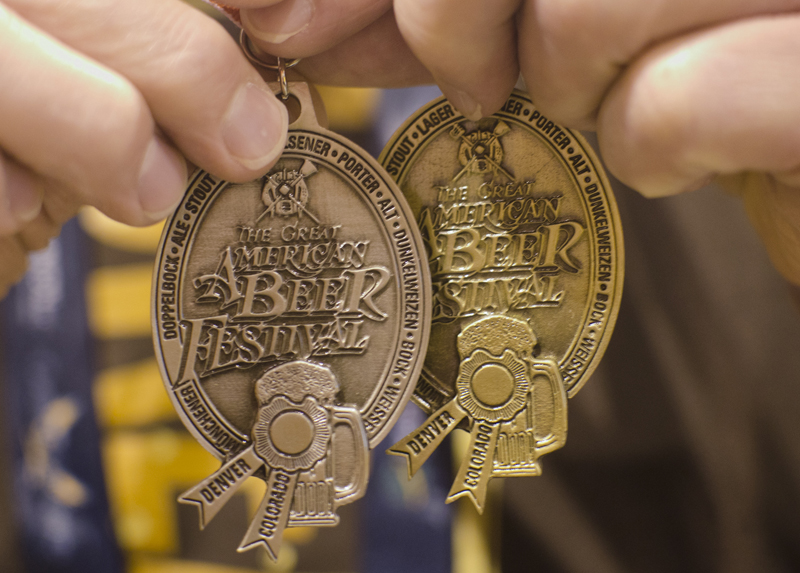The Evolution of GABF Categories
In 1987, the annual Great American Beer Festival (GABF) introduced something new: medaled categories. There would be 12 in all, with a panel of judges awarding three medals in each: gold, silver and bronze, just like the Olympics. The GABF, which convenes for the 33rd time this week in Denver, would also keep its Consumer Preference Poll, a popularity contest dating from the festival’s 1982 launch; though that would be jettisoned after 1989.
Meanwhile, the medaled categories would continue to balloon. The original dozen in 1987 included broad verticals, such as “Ales” (Sierra Nevada’s Bigfoot Barley Wine Style Ale won the gold that year), “Continental Pilsners” (gold medal to Samuel Adams Boston Lager), and “Porters” (Summit Brewing’s Great Northern Porter took top honors).
In 1988, the number of GABF categories rose to 17 with the additions of more nuanced verticals. Anheuser-Busch’s Michelob Dark took home the gold in the new “American Premium Dark Pilsners” category; “European Darks” debuted as well, with the Middleton, WI-based Capital Brewing Co. winning for its Gartenbrau Dark.
Seventeen categories would seem quaintly insufficient within a few years. In 1994, the number had doubled; in 2006, 10 years after their introduction, there were 70 categories. The parameters, too, had become exactingly exact: “Wood- and Barrel-aged Beer” was not to be confused with “Wood- and Barrel-aged Strong Beer,” for instance; “Experimental Beer” covered a catchall gambit of offerings, with a gluten-free beer called New Grist, from Milwaukee’s Lakefront Brewery, winning the 2006 gold.
This year there will be a dizzying 89 categories, according to the Brewers Association, the trade group behind the nation’s biggest beer festival.
Have 77 more beer styles been developed, discovered, resurrected, etc., since the original 12 categories in 1987? Not likely. Rather, the evolution of beer in the United States, and the understanding of it as well, has led to the exponential growth in GABF categories. Simply put, there are a lot more breweries with a lot more style interpretations now than there were a generation ago; and the festival has to keep up.
Take that perennial consumer favorite, India pale ale. The GABF first introduced an “India pale ale” category in 1989. Rubicon Brewing Co.’s Rubicon India Pale Ale, out of Sacramento, took gold; Anchor Brewing Co.’s monumentally influential Liberty Ale got the silver; GABF judges did not award a bronze. There were not that many American-made IPAs.
Throughout the 1990s, however, the IPA grew in popularity in the United States, among brewers and consumers, to the point where it became the best-selling craft beer variety after seasonals (and some years trumps even those), a bitterer hallmark of what makes American beer stylistically distinct.
In 2000, then, the GABF split the IPA category in two: “American-style India Pale Ale” vs. the more traditional (re: less bitter) “English-style India Pale Ale.” This accommodated not only the sales growth, but the rise in the number of breweries that made IPAs, often as their signature offering.
Three years later, in 2003, the festival introduced the “Imperial or Double India Pale Ale” category to cover the style’s super-bitter iterations. Finally, to cast an even wider umbrella as triple and quadruple IPAs emerged, the GABF shed the “or Double” bit in 2009 in favor of simply “Imperial India Pale Ale.”
Stronger IPAs had been around since at least the mid-1990s (the Blind Pig Inaugural Ale, introduced by the old Blind Pig Brewpub in Southern California in 1994, is considered the first double IPA in the U.S.) It took a while for the GABF to catch up; but it did.
Read more Acitelli on History posts.
Tom Acitelli is the author of The Audacity of Hops: The History of America’s Craft Beer Revolution. Reach him on Twitter @tomacitelli.


Birth of a style.